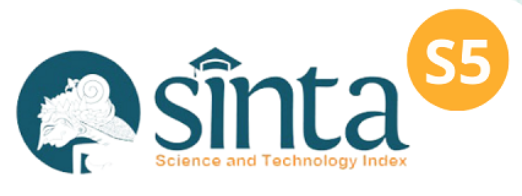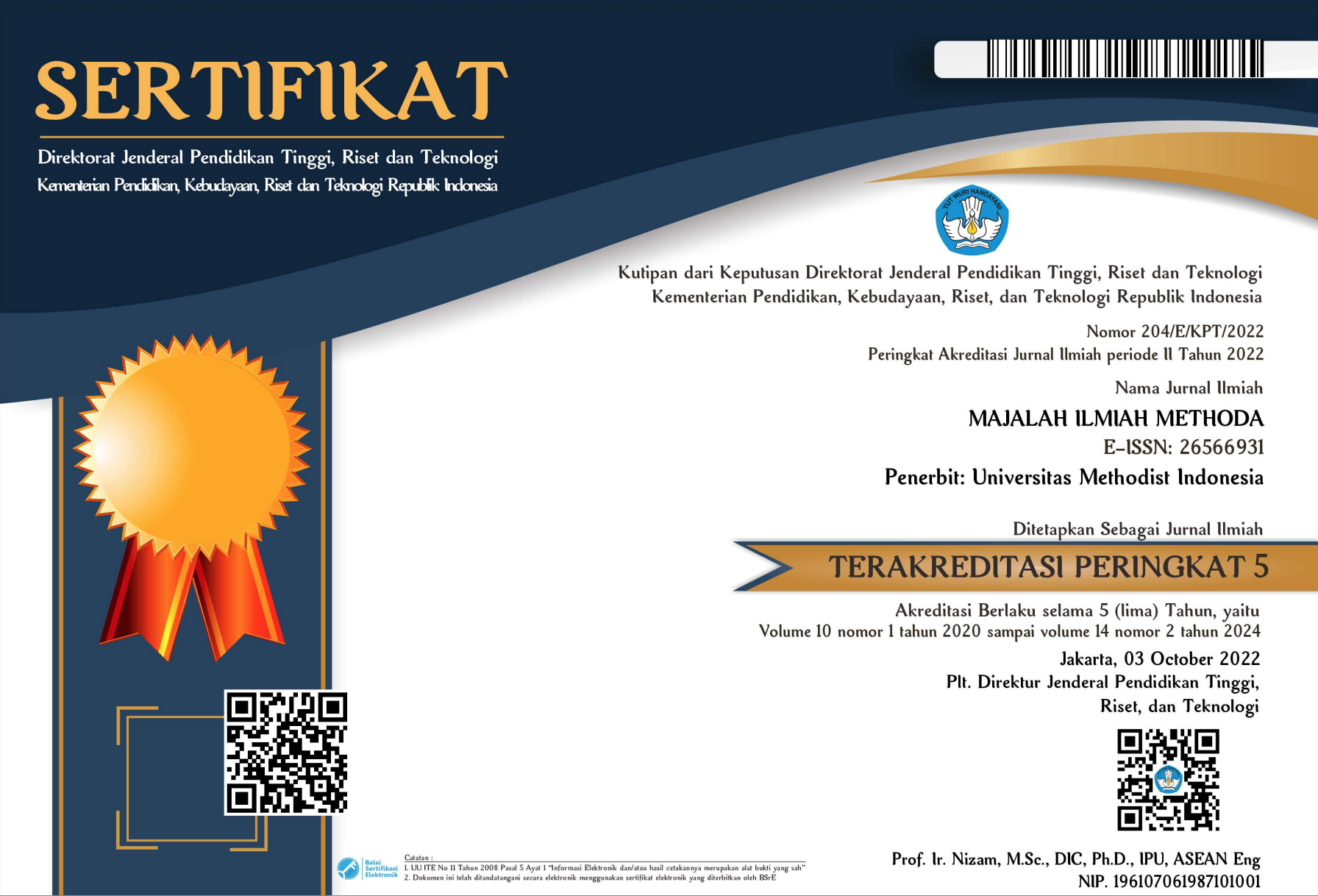BASE FULL REDUPLICATION IN TOBA BATAK: A STUDY OF GENERATIVE MORPHOLOGY
Keywords:
Base Full Reduplication, Base Lexemes, Grammatical And Lexical Meanings, InflectionalAbstract
The objective of this paper is to explore base full reduplication in Toba Batak from the perspective of generative morphology. The theory applied in this study is Halle’s model (1973). The basic principle in generative morphology is that the process of word formation can generate actual words and potential words. According to generative morphology, the mechanism of word formations will be postulated in the list of morphemes, word formation rules, filter, and dictionary. The method of this study is qualitative descriptive; it is a method that describes language phenomena naturally without any exception or manipulation. The results reveal that there are six types of base full reduplication in Toba Batak i.e. nominal base full reduplication, verbal base full reduplication, adjectival base full reduplication, adverbial base full reduplication, numeral base full reduplication, and interrogative base full reduplication. The process of forming the base full reduplication is by reduplicating the base lexemes. Therefore, the two base lexemes are put together side by side to generate base full reduplication. There are no processes that take place in the filter because the step-by-step processes find neither any idiosyncrasies such as phonological, semantics, and lexical idiosyncrasies. The processes of base full reduplication in this study are inflectional. The grammatical and lexical meanings of the base full reduplication vary, depending on the meanings of the reduplicated base lexemes.
Downloads
Published
Issue
Section
License
Copyright (c) 2023 Esron Ambarita

This work is licensed under a Creative Commons Attribution-NonCommercial 4.0 International License.










